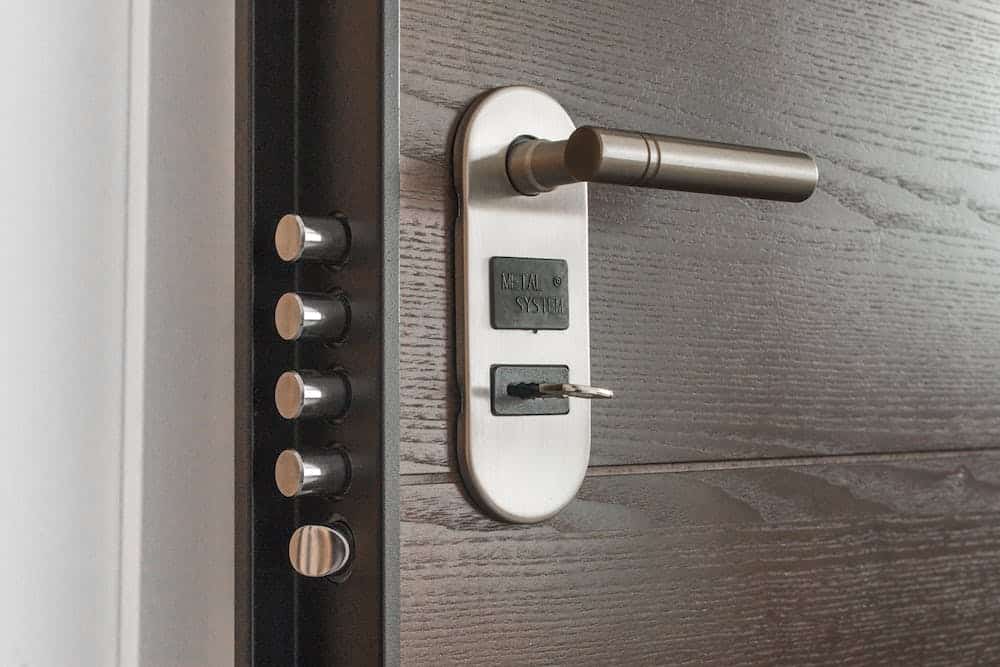What Does a Vacation Rental Property Manager Do? Roles & Responsibilities
The vacation rental industry has become massively popular and is expected to continue to experience consistent growth. This is good news for both vacation rental owners, who will see their investments pay off, as well as the many travelers who prefer this type of accommodation.
But managing vacation rentals isn’t quite as straightforward as it sounds. To meet the needs of both guests and the business itself, property owners are often forced to outsource.
This is where vacation rental property managers come in.
A vacation rental property manager runs the rental for its owner, preserving their investment and growing their business. Such a wide variety of responsibilities fall to their lot that it begs the question—what do vacation rental property managers actually do?
To answer this question and provide clarity to anyone considering this as a profession, let’s take a look at the specific services that vacation rental property managers provide.
Don’t see the form to download the Property Management Agreement? Click here.
At a glance
Simply put, vacation rental property managers are responsible for managing all the operations of the short-term rentals assigned to them. Specific responsibilities listed in a typical vacation rental property manager job description often include:
- Listing properties on online travel agencies (OTAs) and marketing them
- Developing a competitive pricing strategy
- Screening guests and keeping properties safe
- Managing guest reservations, communications, and turnover
- Maintaining a clean and functional property
- Complying with local rules and regulations
Specific services
Now, let’s take a closer look at the services involved in managing short-term rentals.
Marketing and distribution
Managing vacation rental properties starts with getting the word out there. After all, property managers won’t have much to do if the properties don’t have any guests.

Your first task as a property manager is to create an attractive listing. Take professional photos that highlight the property’s unique selling points. Then publish the listing on online travel agencies (OTAs), such as:
But simply publishing the listing may not be enough to maintain a full reservation calendar. Property managers may also need to create and carry out a marketing plan to increase their property’s visibility.
Looking to expand your marketing skills? Join our free social media marketing course for vacation rental owners and managers!
Pricing strategy
An effective short-term rental property manager knows that price matters. And it’s not just about charging as much as you can, but about strategically setting rates to maximize year-round bookings.
Property managers should create a fluctuating pricing strategy that takes into account demand, competition, seasonality, and more. The goal is to continually update rates so that they’re always optimal—charging more when you can and less when demand is lower.
Of course, this is easier said than done. The best property managers also know how best to use the tools at their disposal, such as a dynamic pricing tool.
For example, Lodgify’s Dynamic Pricing uses an algorithm that analyzes hundreds of data points to ensure that rates always remain competitive.
Security
Many homeowners have doubts about letting complete strangers into their homes. It’s up to their property managers to appease their fears.
To that end, property managers typically screen guests before accepting reservations. The screening process might involve a full background check or simply a review of the guest’s profile on an OTA. Either way, screening can go a long way toward protecting the property.
Property managers are also responsible for implementing general security measures, such as installing an alarm system and ensuring the property remains safe while empty.

Guest management
Now we get to the most important part of managing short-term rentals: taking care of the guests!
Guest management starts from the moment a traveler books their stay (or even sends an inquiry). From there, it encompasses all guest communications, check-in and check-out, and their actual stay at the vacation rental.
All the property manager’s efforts should be to create the best guest experience possible. Great guest experiences produce great reviews, and great reviews bring in more customers.
Cleaning and maintenance
Travelers expect their accommodations to be perfectly clean and functional. It’s up to property managers to make sure that’s the case.

That’s not to say that vacation rental property managers actually do the cleaning and maintenance themselves. Rather, property managers are responsible for overseeing these tasks.
For instance, property managers hire and schedule cleaners to prepare for guest check-in. They also schedule regular preventive maintenance as well as repairs when things break down.
Pro tip: Property management software (PMS) can help you easily automate and track these tasks from both your computer and your smartphone. Check out Lodgify’s PMS to learn more!
Compliance
A lot of rules and regulations govern the world of vacation rentals. Property managers’ work in this arena starts with simply determining which rules apply to avoid fines and legal consequences.
This is more complicated than it sounds. Some states have no restrictions for vacation rentals, some have banned them altogether, and some permit them with a maze of regulations.
So, property managers must do their research. Then, it’s their responsibility to make sure the property complies with any regulations, from permits, licenses, and zoning restrictions to insurance and taxes.
Getting the job done
Specific services aside, one thing is clear: More than anything, vacation rental property managers’ job is to ensure that their assigned properties run smoothly.
That means handling anything and everything that comes up, whether you have to do it yourself or contract the right person for the job.
Thankfully, having the right tools and resources, such as a vacation rental PMS, makes managing short-term rentals much easier.
Don’t see the form to download the Property Management Agreement? Click here.